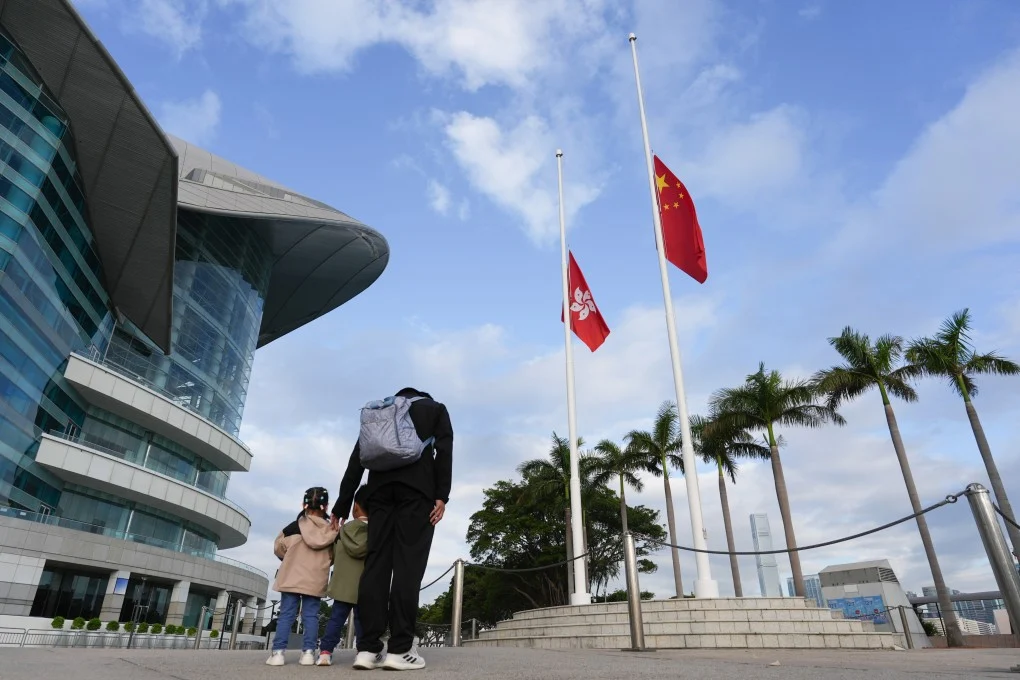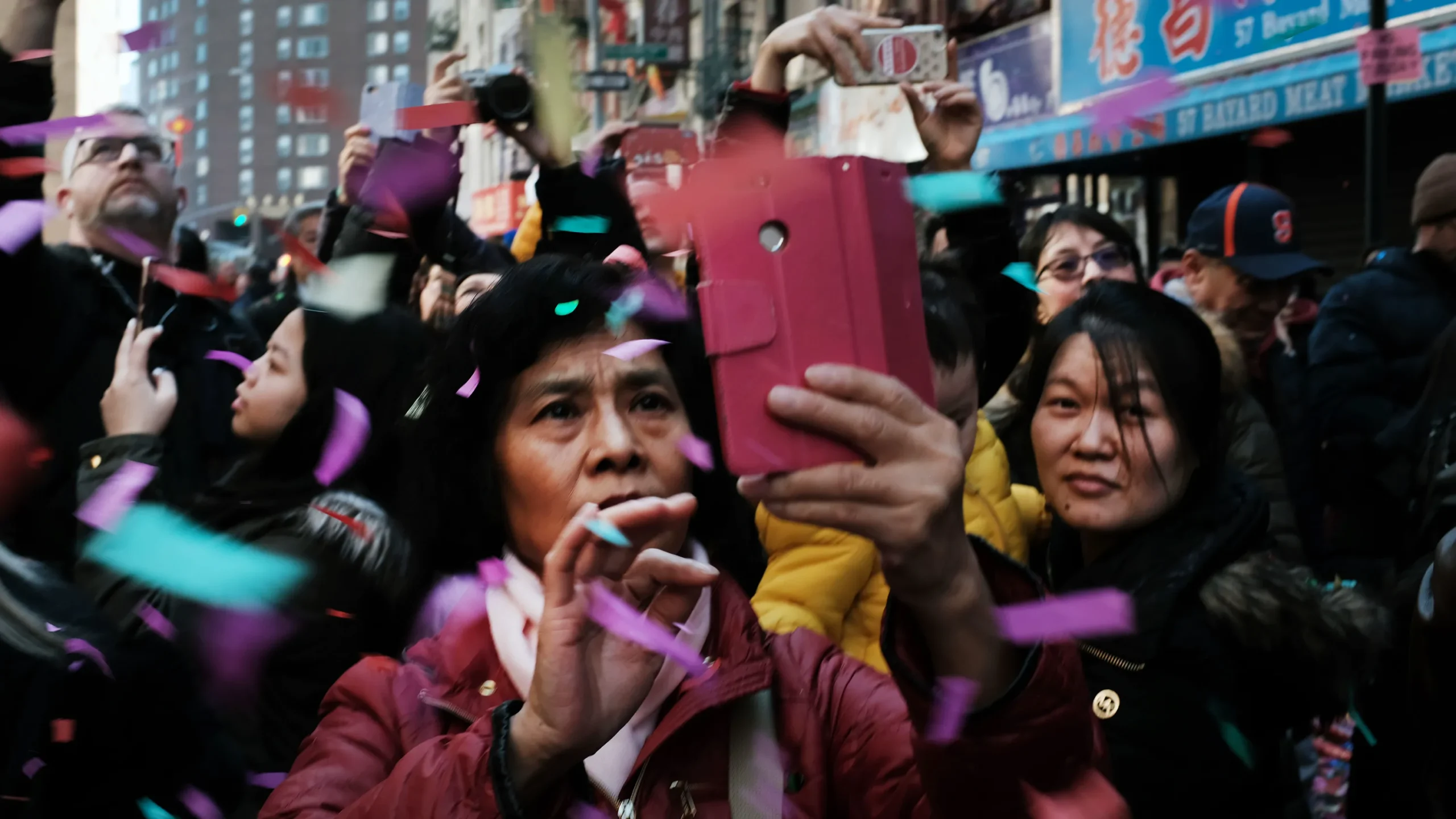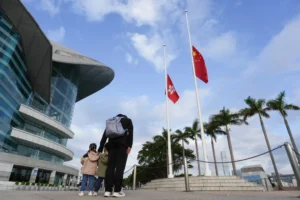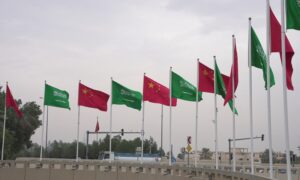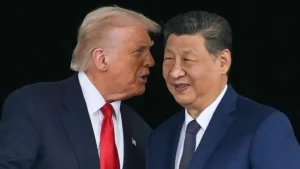CHINA’S BITTER TRUTH: A SHRUNK LABOR IS AN EXPENSIVE LABOR
The communist government of China is coming to terms with the irreversibility of its shrinking population. It is currently re-assessing the labor policies given the fact that a simultaneously reducing working population will have major implications for the Chinese economy as well as the global economy.
The number of Chinese fell by 850,000 from the previous year to 1.4118 billion, official statistics show. Its birth rate had been slowing for years, prompting a range of policies to try to slow this trend, including scrapping the country’s infamous one-child policy seven years ago.
Conservative estimates suggest that by 2035, around 400 million Chinese will be over 60. That is nearly a third of the total population. How the country manages to improvise the use of the labor force will determine how bad the impact of labor shortage will be.
As it is, the Chinese labor market is overworked and underpaid, which is what helped the country become an economic giant all these years. The competition in the labor market is extremely severe. So, people are willing to work long hours just to keep a job.
But if the labor force reduces over the next few years, the government will need to give a new direction to it shrinking labor market. A labor shortage will automatically strengthen the laboring Chinese do demand decent work hours and pay. But once labor becomes costly, it will reduce the benefits of manufacturing accruing to the government and impact exports.
A declining population is also an ageing population. That means the Chinese government will straight away face an additional financial burden in terms of pensions and medical bills. It will also lead to a rising old-age dependency ratio — that is, a rising ratio of seniors to those of working age.
China’s working-age population has been on a slump since 2012. Its age-dependency ratio, which is the ratio of children and retired people to the working age population, has risen from 37.12% in 2010 to 44.14% in 2020. Based on UN estimates, the number of Chinese aged between 15 and 64 will fall by more than 60% this century.
China’s social safety net is not fully developed when compared to that of the United States. Still retired Chinese do depend on government aid, especially the state pension. So, the Xi Jinping government is faced with a Hobson’s choice: Either reduce the fiscal benefits to the old and infirm or burden the younger Chinese with more taxes. Or both.
The second problem is, in order to maintain full employment, the Chinese society must maintain high spending percentages to sustain the economy’s productive capacity. When population falls, the first victim is spending, especially especially investment spending. The logic is that if the number of workers is declining, why build new factories, office buildings, and so on; if the number of families is declining, there is not much need to build new housing.
Western analysts say considering that the Chinese always think long-term, they would have already thought of the declining population problem and come up with solutions. A country with a declining working-age population experiences persistent economic weakness in spite of all possible measures taken to minimize the losses. Take the case of Japan where the working-age population peaked in the mid-1990s, and it struggled with deflation ever since, despite decades of extremely low-interest rates.
Economic analysts explain the Chinese situation: “China has sustained its economy with extremely high rates of investment, far higher even than those that prevailed in Japan at the height of its infamous late-1980s bubble. Normally, investing in the future is good, but when extremely high investment collides with a falling population, much of that investment inevitably yields diminishing returns. Indeed, at this point China’s economy appears to rely on an incredibly bloated real estate sector, which sure looks like a financial crisis waiting to happen.”
Paul Cheung, Singapore’s former chief statistician, told BBC that China has “plenty of manpower” and “a lot of lead time” to manage the demographic challenge. “They are not in a doomsday scenario right away,” Prof Cheung said. He also pointed to how countries like Japan and Singapore had managed to provide a safety net for their ageing citizenry while maintaining relative economic stability.
But Andrew Harris, deputy chief economist at Fathom Financial Consulting, says said the country had a pool of cheap rural labour that could help fill manufacturing gaps in urban areas and the major difference between China and countries like South Korea and Japan is that its demographic (stress is) biting at much lower levels of income.
However, the biggest concern for the Chinese government will be a loss of global influence that a declining population inflicts on the country. China became an economic giant in the world thanks to its gigantic work force manufacturing record capacities over years. That would no longer be the case in the future. The weight a country with a record population carries in the international community will also reduce, and so will the country’s influence.

